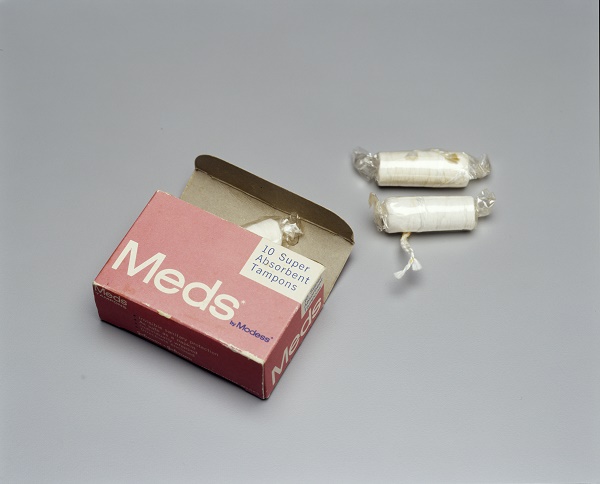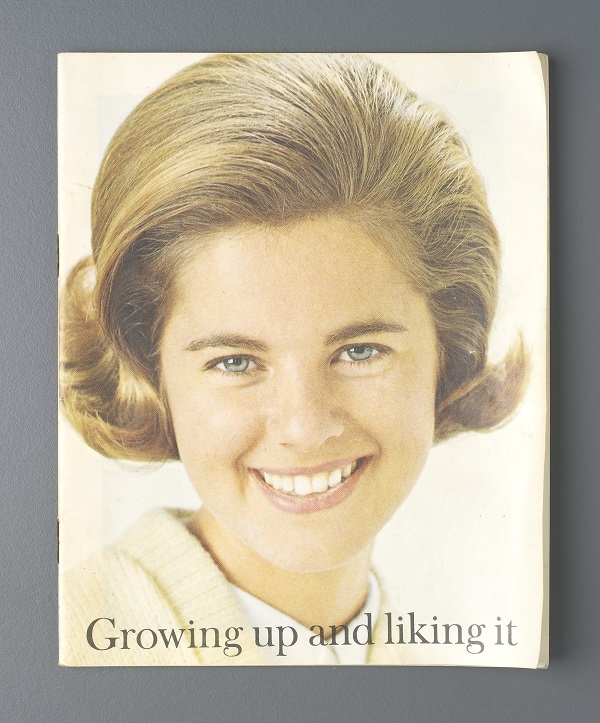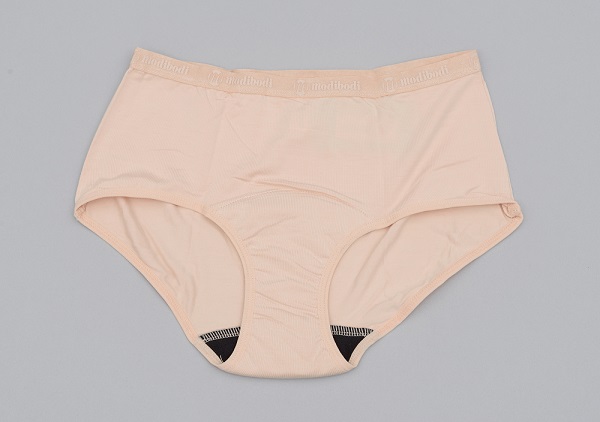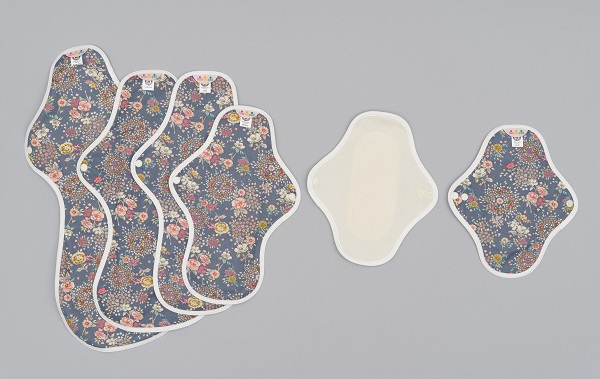
I recently completed a project in the Curatorial department at the Museum of Applied Arts and Sciences under the supervision of curator Tilly Boleyn. Tilly specialises in the fields of science, health and medicine. During our conversations, I got to thinking about how much has changed in these fields in my lifetime. As a young woman who grew up in the early 2000s, I’ve noticed a significant shift in the way my friends and I manage, track and talk about our periods. I found myself inspired to explore what menstrual-related objects MAAS had in its collection already and consider what could be acquired to make the collection more comprehensive.
I realised that while the museum already had a homemade pad from the mid-20th century, some dated tampons and several (hilarious) educational booklets, there was an obvious lack of contemporary menstrual products. Hoping to bridge this gap, I set about acquiring objects for the collection that speak to the experience of having a period in the 21st century.

Despite being a phenomenon experienced by half the world’s population, menstruation is a historically taboo topic of conversation. In 2015, the media went wild when Kiran Gandhi ran the London marathon with menstrual blood leaking through her sweatpants. Gandhi chose not to use menstrual products during the race to highlight the stigma around menstruation and start a conversation, and she succeeded. Around the world, women are isolated and excluded from spheres such as education because of their periods. As a society, openly talking about menstruation plays a huge role in taking this topic off the taboo list – a big win in the fight for gender equality.
Looking for objects to acquire, I explored modern developments in menstrual products. A couple of things stood out to me: 1. People are less grossed out by their own menstrual blood than ever before (thanks in part to changing depictions in the media) and 2. Consumers are conscious of the impact disposable sanitary products are having on the environment.
The average person who menstruates will throw out over 10,000 disposable sanitary items in their lifetime, and a depressing percentage of these will end up in the ocean. The rising popularity of reusable products, such as period underwear, washable sanitary pads and menstrual cups, indicates that consumers are willing to get a bit more intimate with their menstrual blood if it means reducing their impact on the environment.

Museums can play a major role in stimulating dialogue. They can act as a safe place to explore topics that we might usually avoid. By choosing to collect and exhibit certain things, museums send a message to their audience about the significance and legitimacy of these objects and ideas. By acquiring contemporary menstrual products, MAAS is contributing to a broader conversation about periods and helping to break down the stigmas surrounding it.
As a permanent part of the museum’s collection the objects I’ve acquired will be available for research and exhibition for centuries to come. It’s my hope that these acquisitions help to normalise discussions around menstruating and make our society a more understanding and inclusive one. Because there’s nothing shameful about menstruation. Period.

Written by Elizabeth Doepel
Collections Officer, Curatorial Intern
July 2018